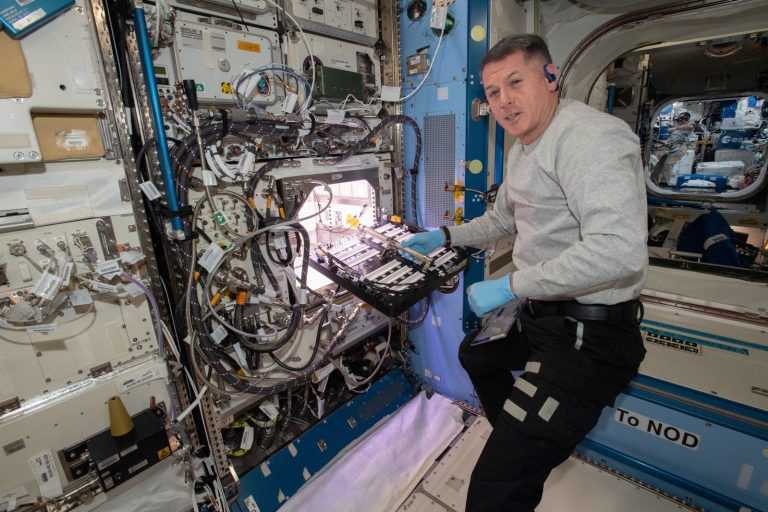
New study: vegetables grown in space risk doing a lot of harm
New study raises concerns about the safety of vegetables grown in space, which are much more susceptible to bacteria such as salmonella.

New study raises concerns about the safety of vegetables grown in space, which are much more susceptible to bacteria such as salmonella.
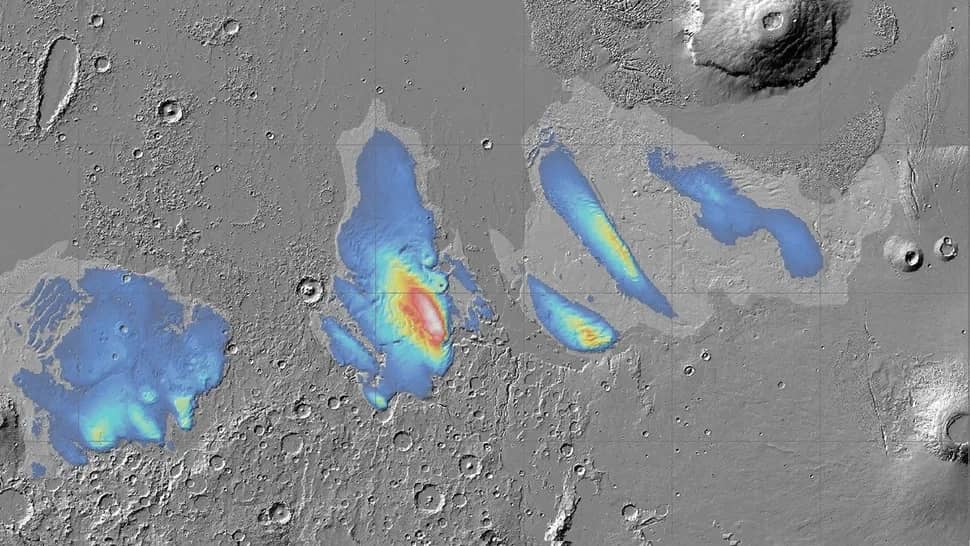
Scientists reveal water reserves on Mars capable of covering the red planet with an ocean "deep" up to 2,7 meters.

With its core based on a 10 kW nuclear power system, the Cryobot presented in a NASA workshop faces the technical challenges of cold space ice crusts.
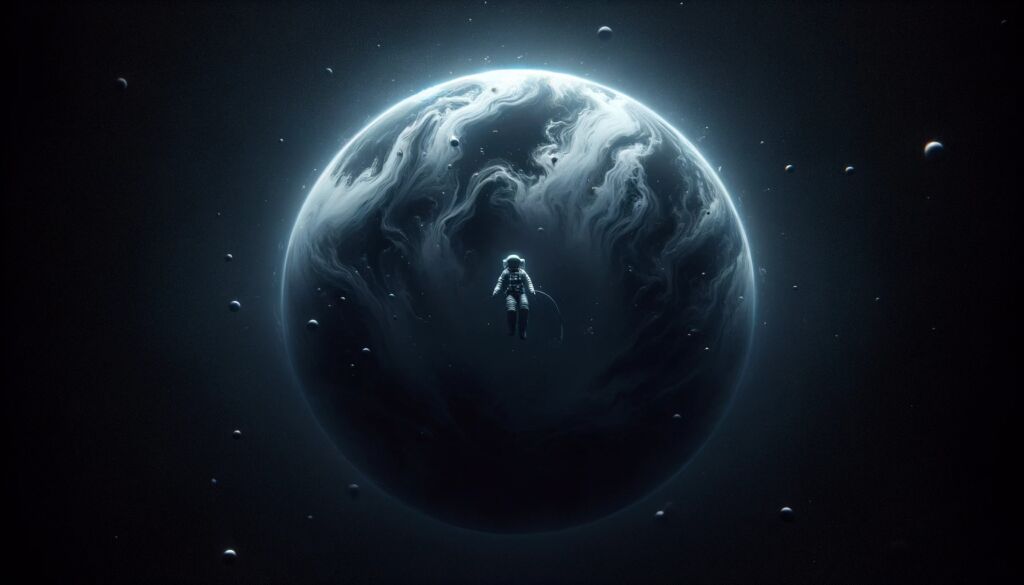
Loss of bone density, erectile dysfunction, nail loss: research highlights more and more problems for the human body in space.
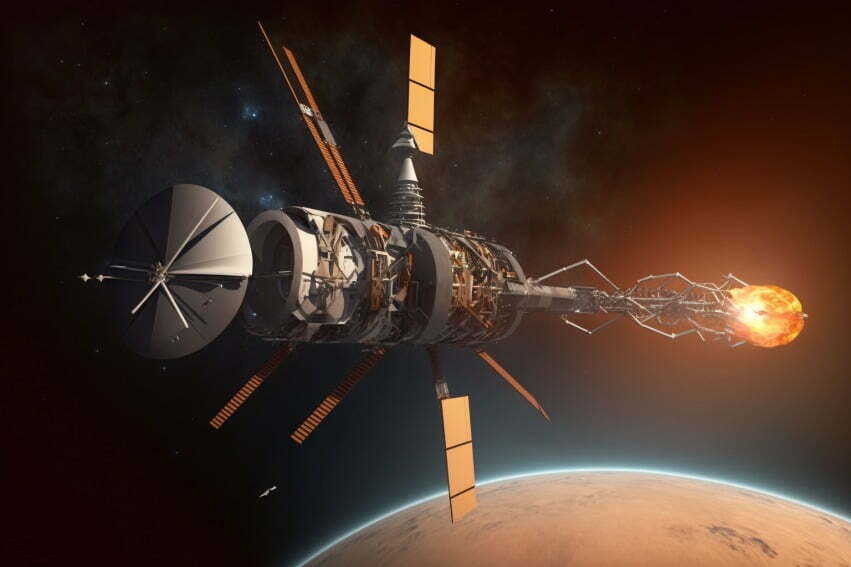
Nuclear power to explore the cosmos? Many obstacles, but two solutions can solve them and make us travel faster.
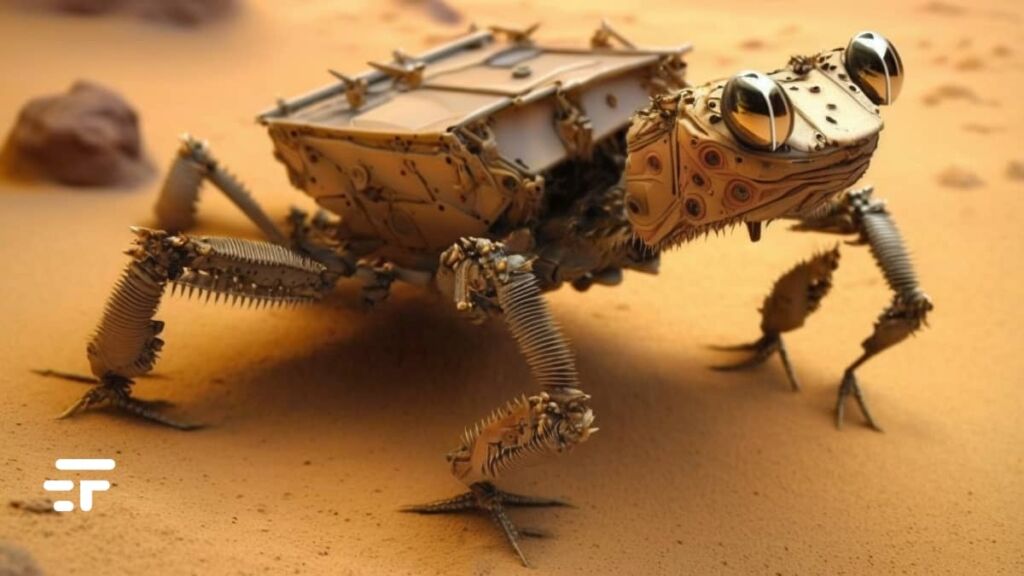
No rigid and heavy rovers: the key to Martian exploration is all in this ingenious "cyber lizard".
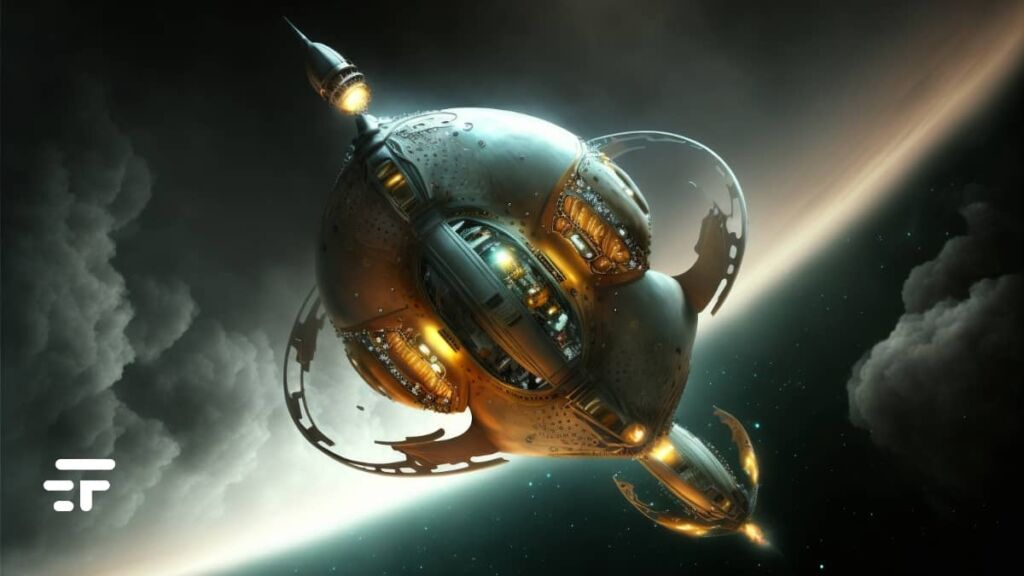
A study by the University of California tries to answer the question of what extraterrestrial probes could really look like
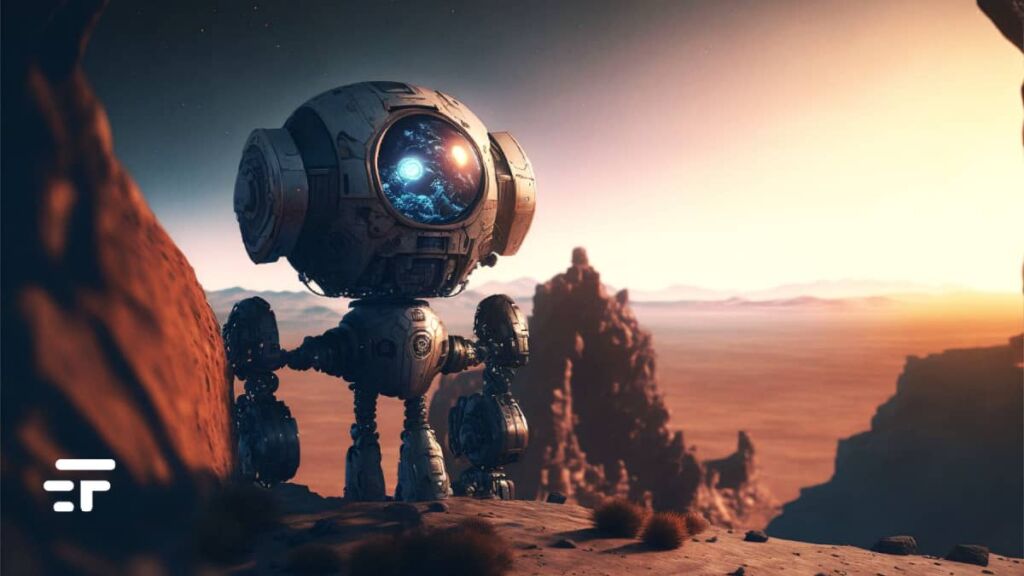
A geologist robot on an alien planet: it looks like the plot of a movie, but it's a project that has just been presented. And it's not nonsense at all.

Some scientists have been thinking about how to harness energy from the sun to move entire solar systems. Stellar engines, compelling nonsense.

Each time the same story: "What good is space exploration, with all the problems we still have to solve here"? Let's do a review.

Two Cambridge scholars believe that the theory of convergent evolution means that the universe can also be populated by humanoids like us.
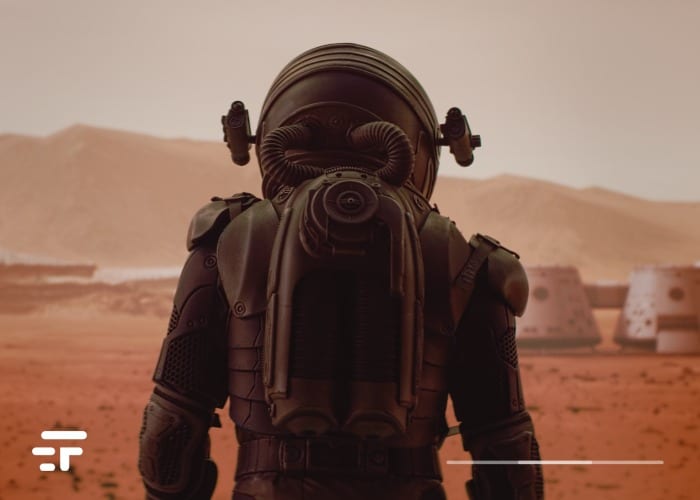
NASA has unveiled a range of futuristic and visionary technologies that could be used in future space missions.

Space exploration continues to produce enormous novelties. Scientists are close to finding out if there is life in the universe beyond Earth.
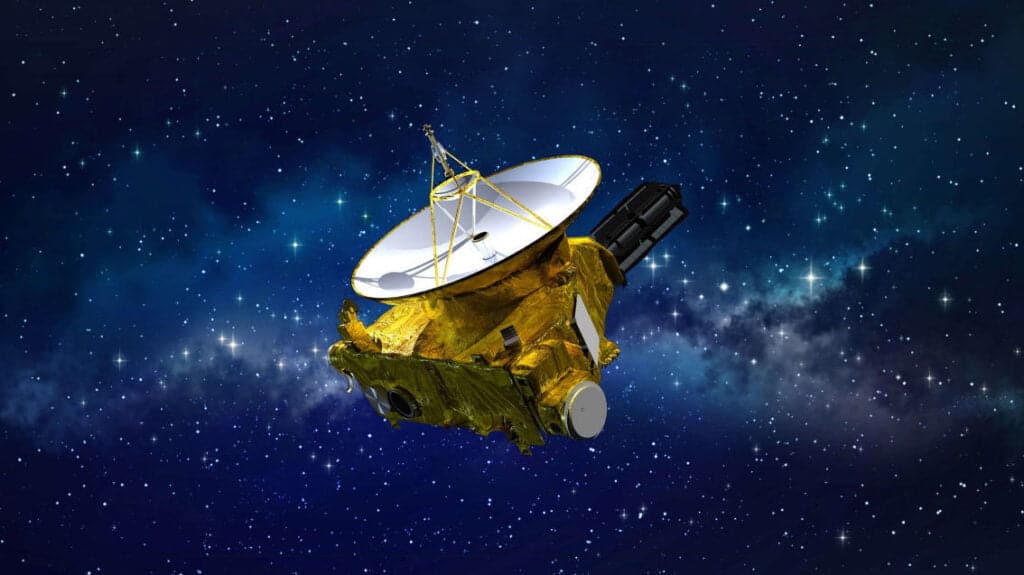
Is there a way to preserve and transmit our civilization even beyond earth time? Today we talk about monuments.
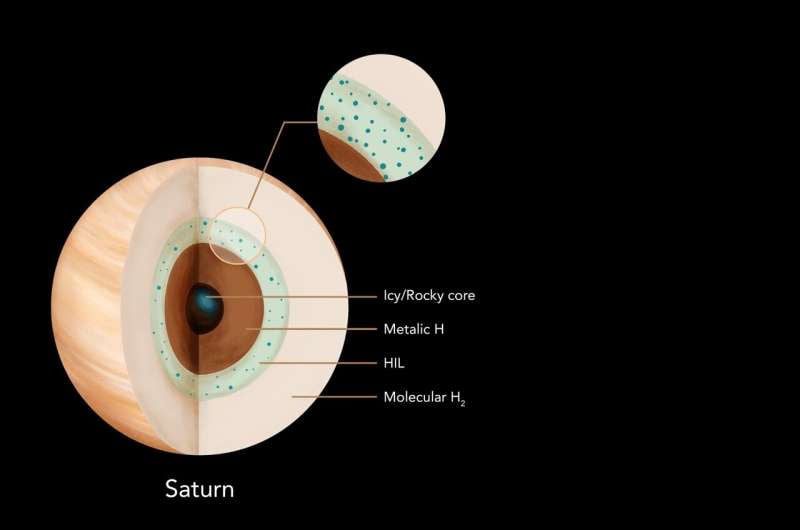
Data from the Cassini spacecraft and powerful computer simulation models help define the internal composition of Saturn, the most fascinating of the planets in our solar system.

A small drone helicopter for humans, a great flight for humanity: ingenuity crosses the sky of Mars for 40 seconds and writes a new page of history.
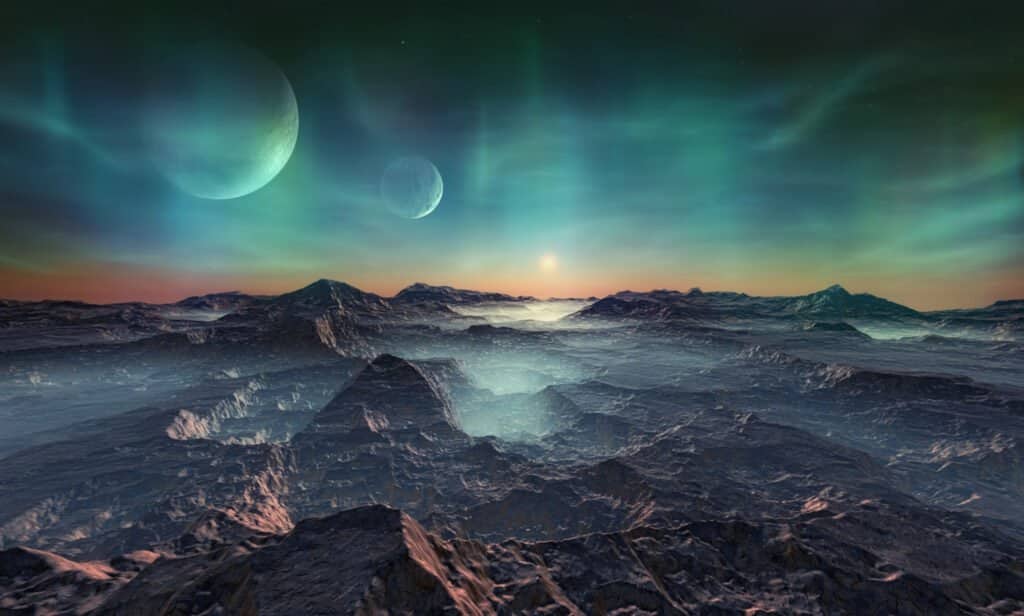
As many as 5 new star systems are located at the right distance from their star (or their stars) to host oceans and life. When is the first photo?
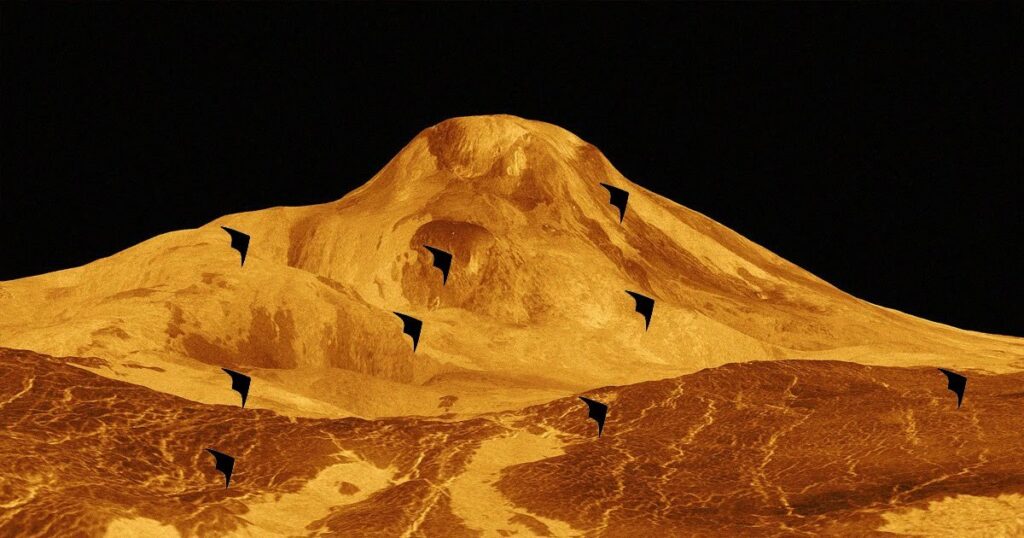
Among the projects funded by NASA, an interesting plan to launch a swarm of space kites to explore the surface of Venus.
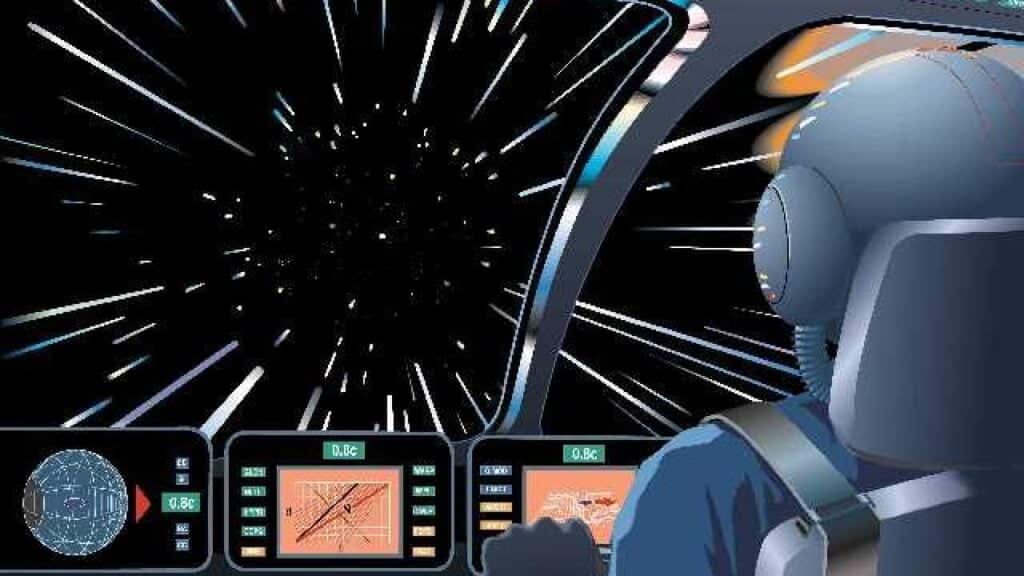
Two theoretical physicists create the general model for an ambitious but coherent warp engine. Here's how they think they're traveling faster than light.
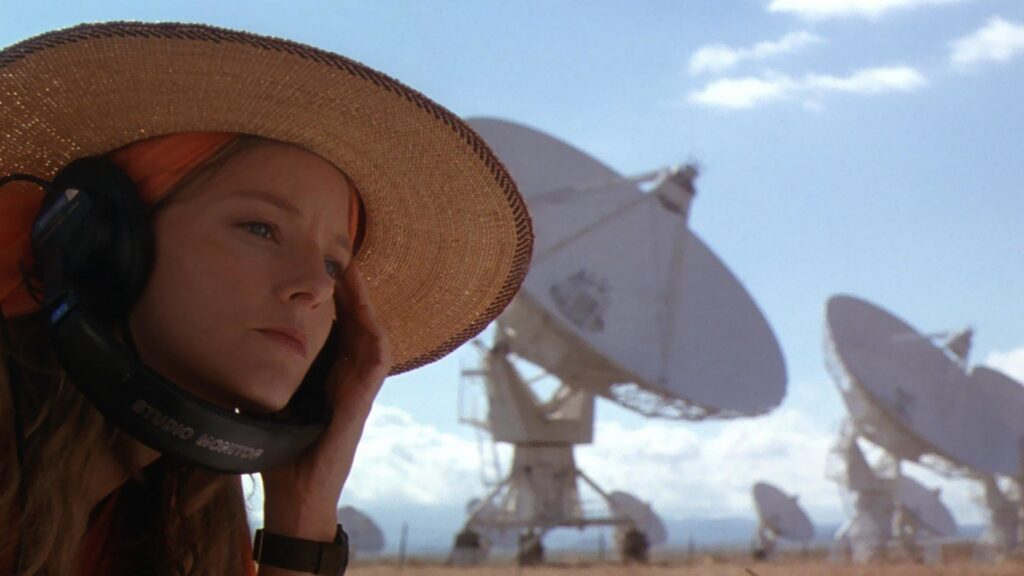
Never before have we looked for aliens and extraterrestrial life like this year. Here is what we have learned, what we have acquired, what we have lost.
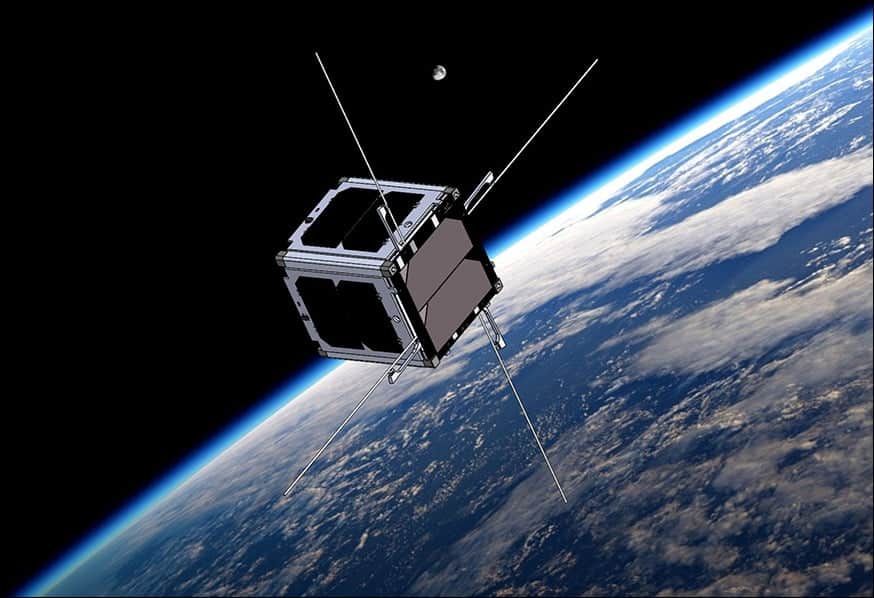
There is no shortage of existential threats to life on Earth. How could a modern Noah's Ark be to save our species?